Mugen Souls is a game that is all about larger-than-life excess. The action is over the top. The narrative and characters are ridiculous and, despite being chibi in visual design, larger-than-life in personality. This is not a game interested in subtlety or nuance. It’s brash and in your face from its opening moments. And, thankfully, this new version performs remarkably well on Nintendo Switch.
The game was originally released right back on the PlayStation 3, and things have changed significantly in the years since. The kind of game Mugen Souls is – a super-pervy game that puts its humour and fleshiness ahead of considerations like gameplay – is rare nowadays. Sure there’s the occasional effort to risqué things up, but even the likes of Koei Tecmo and D3 Publisher are easing back on this stuff, leaving Idea Factory as one of the true outliers.
From that perspective, the Switch release of Mugen Souls is something to celebrate. Not only because it is one of those outlier titles, but also because it’s actually the complete vision for the first time. Finally. A decade ago, when the original Mugen Souls released, the publisher at the time (NISA) was concerned about what the powers-that-be would think about certain scenes and one particular minigame. So it removed them for the Western release. EastAsiaSoft, the new publisher, was much more willing to take a risk and trust that Nintendo is open to this kind of material. And so the minigame and original scenes are all there. That minigame is… fine. It’s an interactive bathing scene, where you need to scrub soap off a girl. Given that she’s in a bath she’s pretty underdressed, and regardless of the bonuses that come from playing this minigame it is that “reward” that is the reason that people will play it. Personally, I don’t find the characters interesting or appealing enough for a touching minigame to be something I’m particularly invested in. However, it’s nice to have the full vision realised anyway.
Another advantage of this Switch version is that it comes with all the DLC built in, and you’ll probably want to turn on at least some of them, because the game can otherwise be quite challenging. A lot of Idea Factory’s games from back then were difficult and it’s because they were, simply, poorly balanced. Unless you spend time grinding (or “cheating” via the DLC), you can find yourself stuck for lengthy periods of time. Too much of the DLC makes the game a total cakewalk, and uninteresting for different reasons, but regardless, the options are there and they allow you to customise your game to a surprising extent.
Mugen Souls wasn’t pushing the technical side of game development forwards when it was first released on the PS3, so obviously it is not the most boundary-breaking experience today. However, the aesthetics are nice, and the environments have a decent (and very colourful) scope to them. Despite the traditional and somewhat static design of the cut scenes, they are still pleasing to the eye. Sadly, despite all this simplicity, loading times can be fairly unfortunately lengthy on the Switch, and this can really disrupt the rhythm and flow of the game. For something that is as heavily reliant on providing big energy, watching loading screens is antithetical to the entire project’s intent.
Min-maxers will delight in Mugen Souls. There’s a level cap of 9,999 (told you this game is over-the-top), and within that, there is plenty to tweak and tailor in order to maximise your character’s fighting ability. There are also spaceship battles (which take place between pirate-era ships floating in the sky). And there’s an unusual mechanic whereby, rather than fighting enemies, your protagonist can instead turn on her charm abilities in the hope of winning them over – when you do that they turn into fluffy rabbit-like “Shampurus” and disappear from the battle. These are resources that you can use for a variety of boosters.
Or to use a very vague comparison with a popular game that most people know – this system is not unlike Final Fantasy VIII, where you need to both defeat enemies using physical combat, and then use a series of non-combat abilities to gain critical resources. Square Enix’s masterpiece takes a completely different form in Mugen Souls, but both games coax players to approach combat encounters through a similar lens.
To discuss everything that is going on in Mugen Souls’ combat system in this review would be pointless. There’s too much to explain in words and is best understood through experience. Thankfully, however, the onboarding is solid. I can’t remember if the original PlayStation 3 version explained things as well as is done here. However, the tutorials are generally excellent, and as long as you’ve got some familiarity with JRPGs, you should be able to pick this one up. I just wouldn’t recommend it to new genre fans. This is partly because all the systems are complex in the way they work together and it’ll be beyond someone who isn’t an old hand at the genre, but also because so much of Mugen Souls’ humour is self-aware. So much of that humour will fall flat unless you’ve familiar with all the classics first.
More than 10 years on, Mugen Souls remains a wildly entertaining little game. It’s never going to appear in those “1000 games you must play before you die” books, but that’s okay. Not every project needs to aspire to be that. For those who missed out back on the PlayStation or PC, or who always wanted to play the full experience with that missing minigame, EastAsiaSoft has done you all a favour with this release.
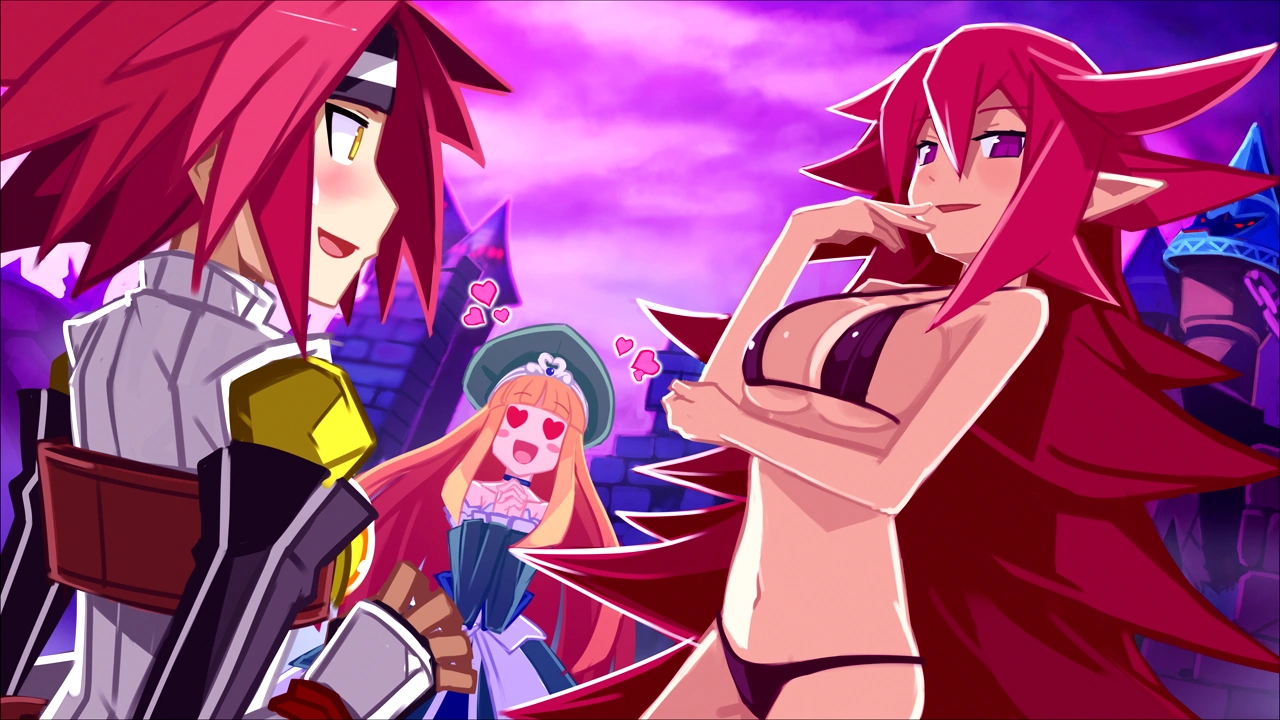

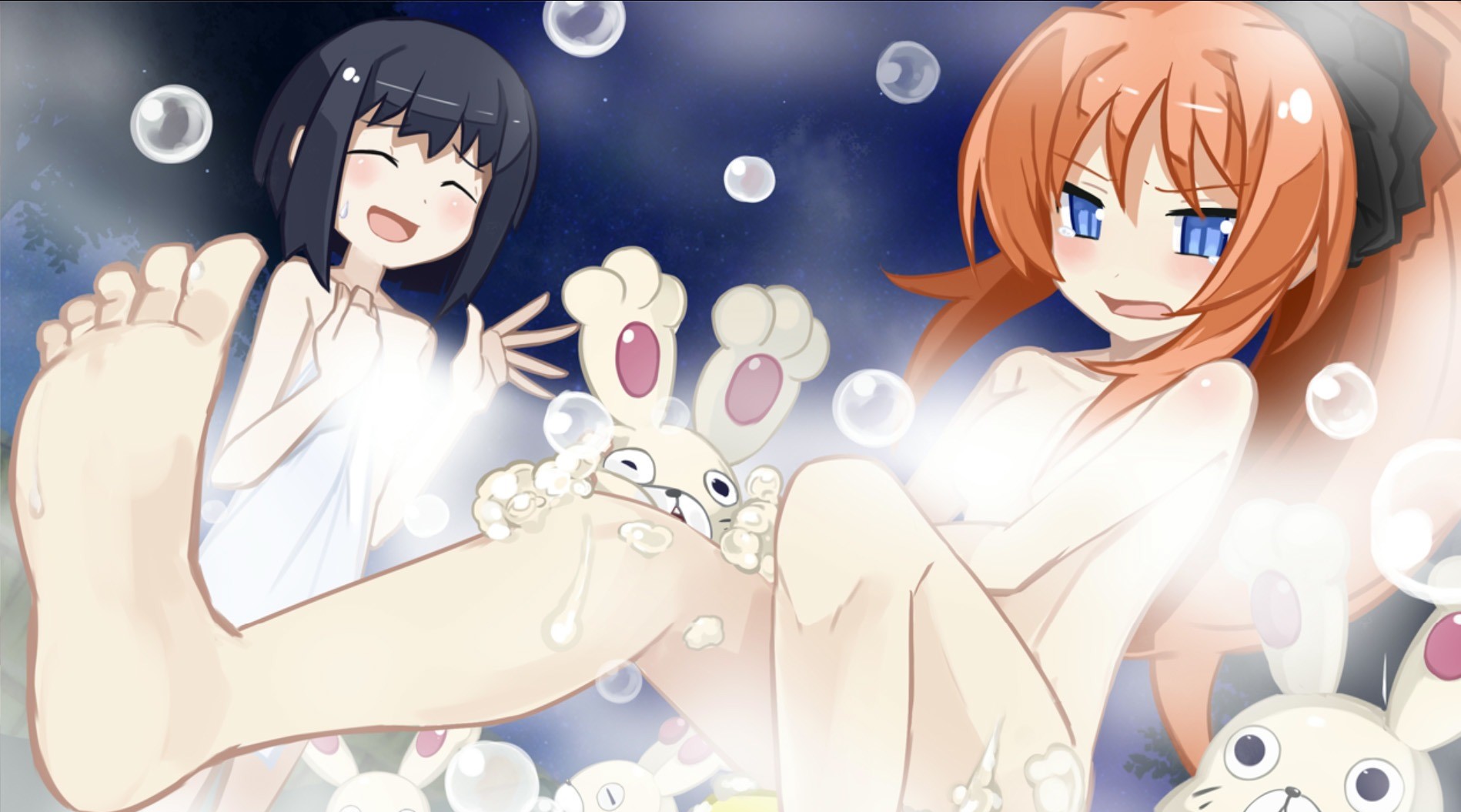
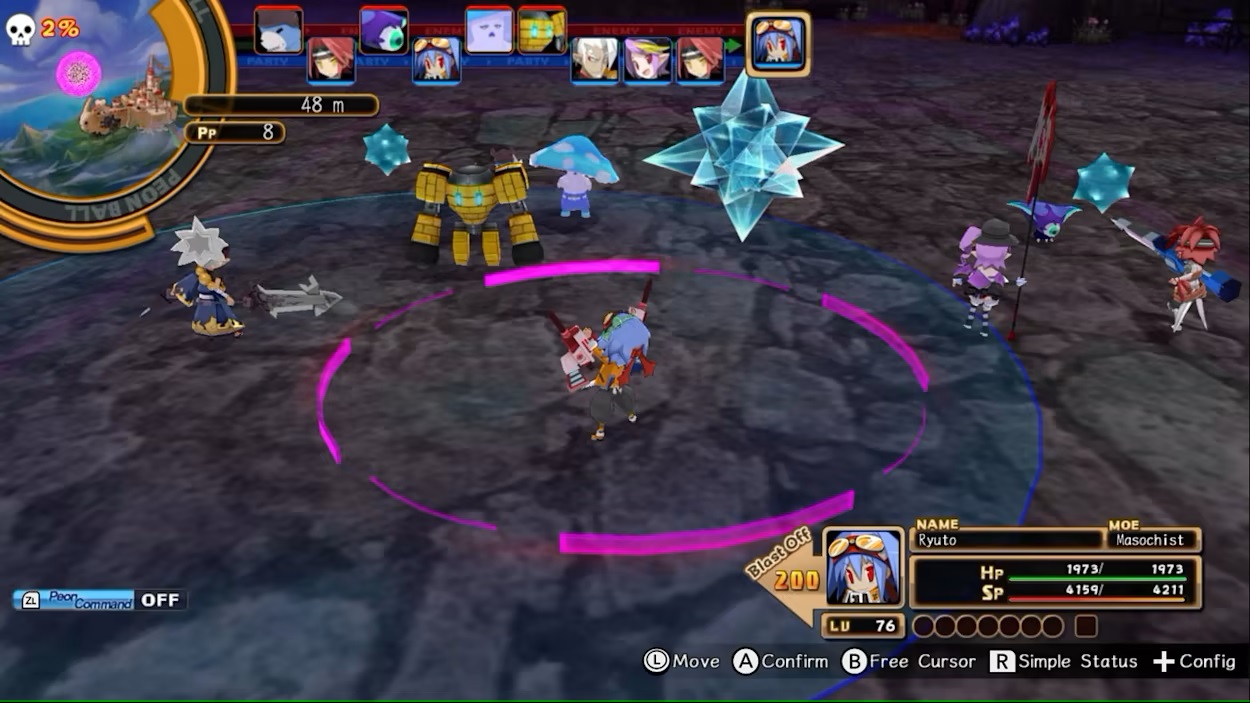

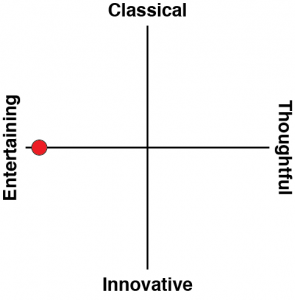
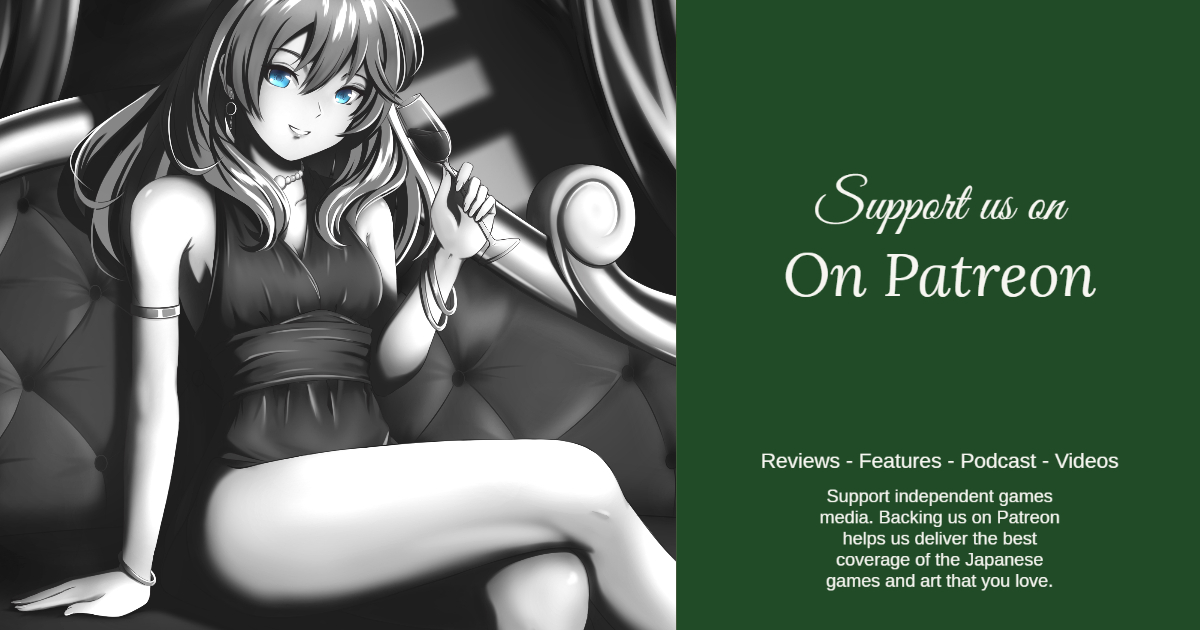
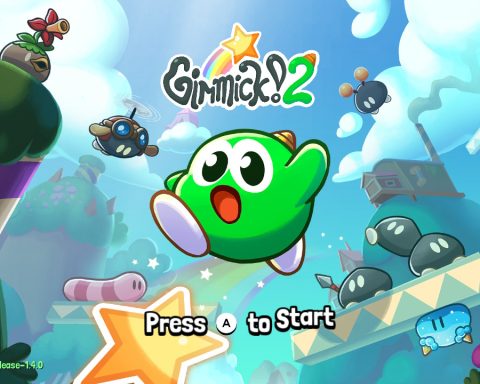
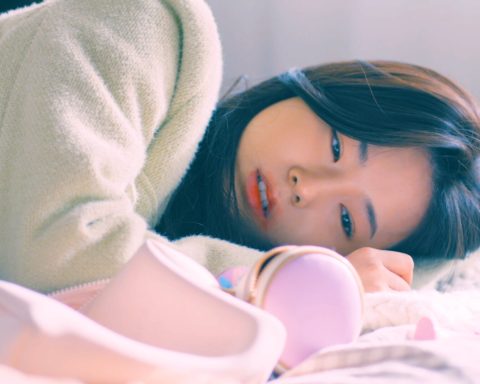

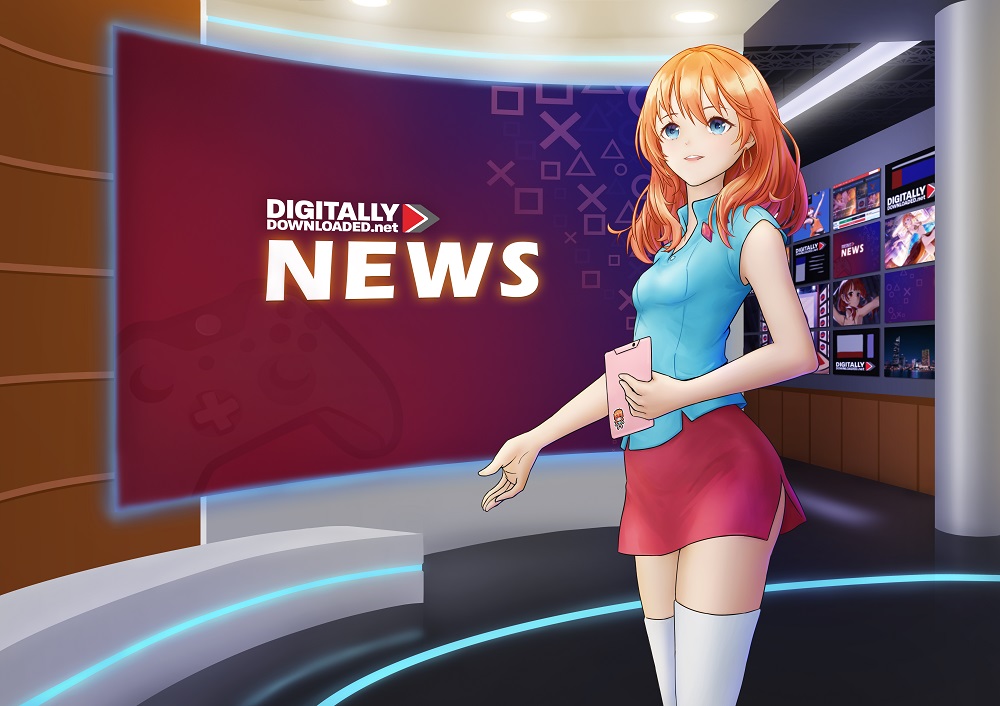



Bought it just to show some support on bringing games as is.
I’m already tired of the whole global gets shafted with partial release. I mean, if I’m not ok with the game contents I wouldn’t be buying it, right? Also the game is properly rated. A good compromise could be to have the option to toggle it for the most sensitive players, but I think you made a point with the ‘not a top 100 game to play’. It’s an idea factory game, target being cutesy characters and fanservice.